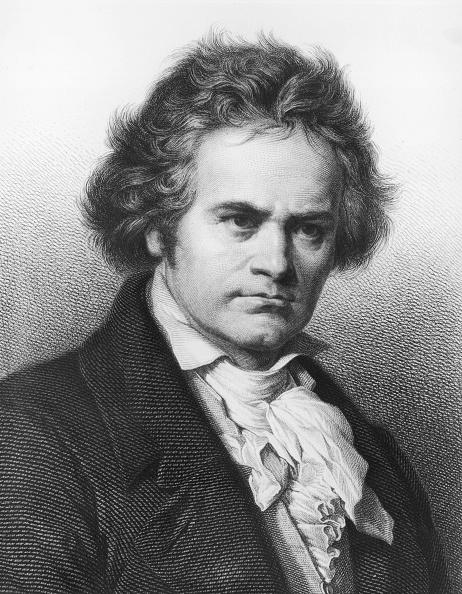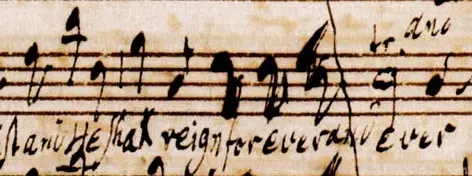If I started to play for you the first movement of Ludwig van Beethoven’s Piano Sonata No. 14 in C-Sharp Minor, Opus 27, No. 2, subtitled “Quasi una fantasia,” you would immediately recognize it.
Title doesn’t ring a bell? Trust me. You’d recognize it.






